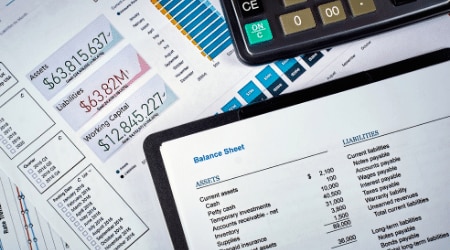It is important for your business to calculate the balance of each account at the end of each financial year. An account’s balance refers to the total of such an account to date. For instance, total sales made, total wages paid, etc.
You record such balances in ledger accounts. Then, you balance each account once you record all the transactions in the ledger. Following this, you prepare a Trial Balance statement using balances from each of the ledger accounts. The very purpose you prepare a trial balance is to verify the correctness of your double-entry bookkeeping.
Double-entry bookkeeping is an accounting system that records each of your business transactions into at least two different accounts. That is, each of your business transactions has an equal and opposite effect in a minimum of two different accounts. Thus, to check if the debit or credit amounts you record in the ledger are accurate, you need to prepare the trial balance.
So, let’s understand what is a trial balance, the advantages of trial balance, and errors in a trial balance.
















